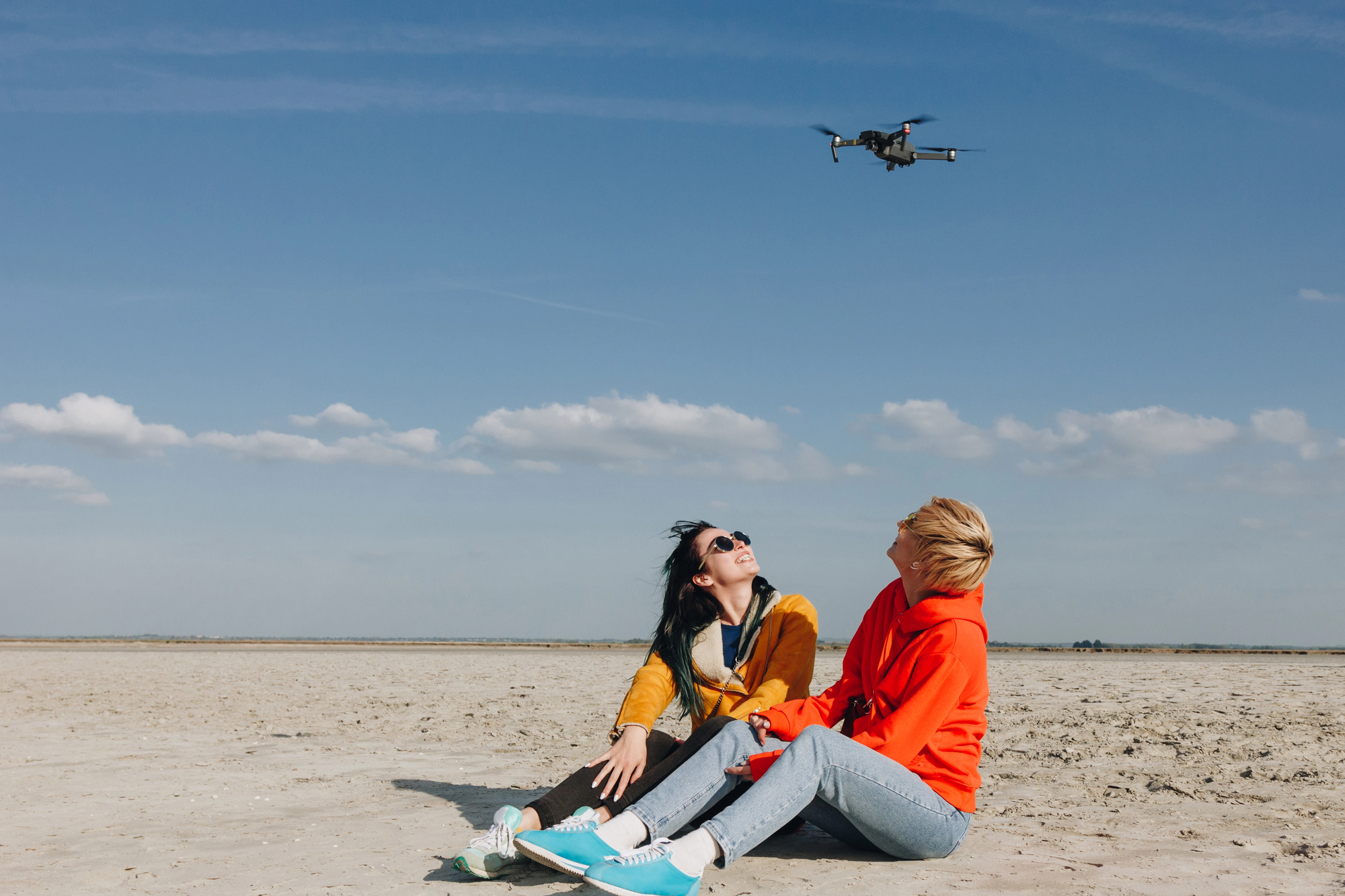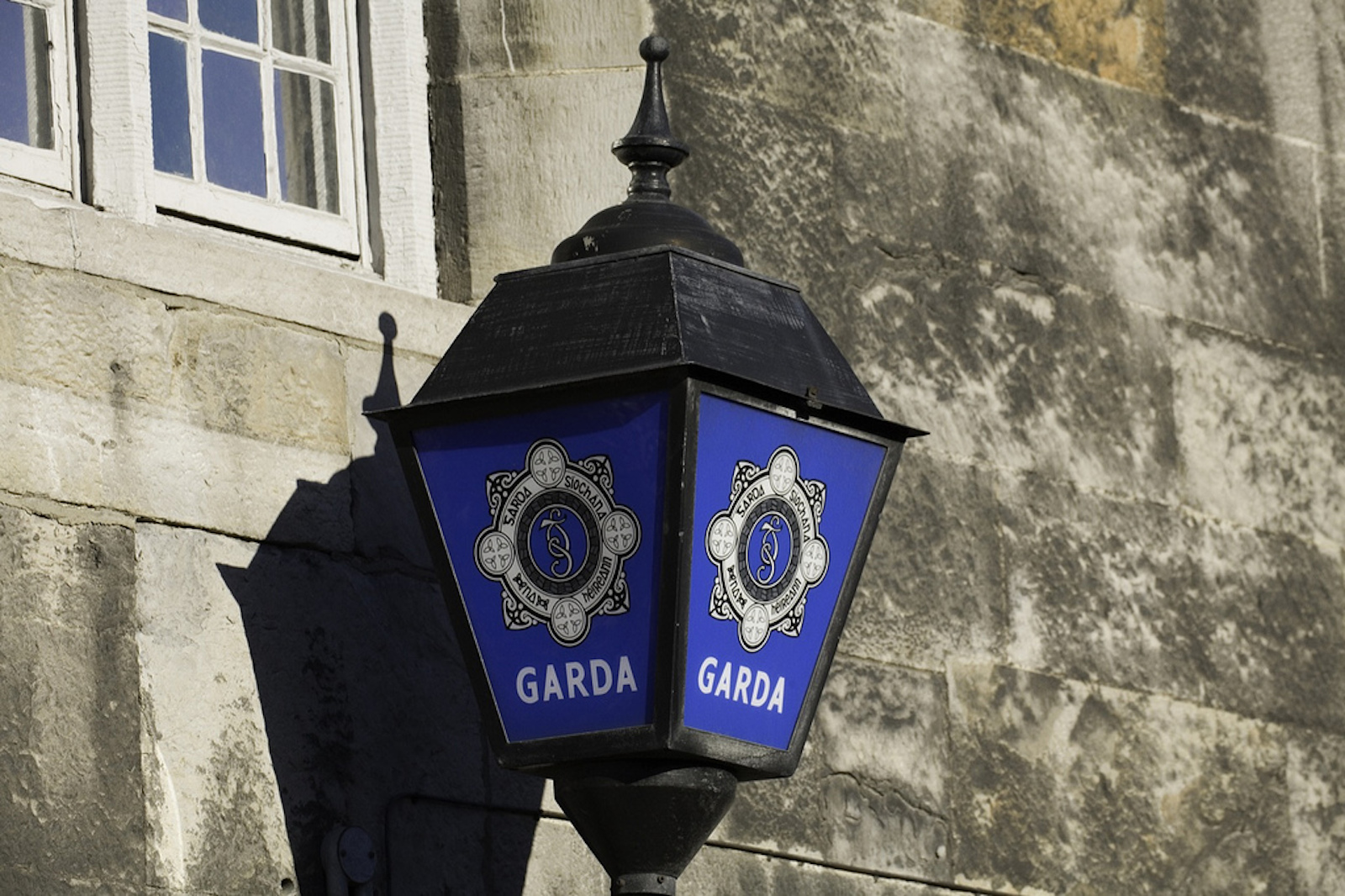Essential Guide to Safe Drone Flying in Cork
Complete guide to legal drone operation in Cork: registration €40, stay under 120m, avoid crowds, get insurance, respect privacy.

- With over 250-gram drones and camera-equipped models requiring mandatory registration, here's what Cork operators need to know about flying legally and safely across the county.
Whether you're capturing aerial footage of the Cliffs of Moher or surveying farmland in North Cork, operating a drone in Ireland comes with specific legal obligations designed to keep our skies safe for everyone.
The rules apply equally whether you're flying recreationally at Inch Beach or commercially over Cork Harbour. Any drone weighing more than 250 grams or fitted with a camera must be registered with the Irish Aviation Authority (IAA), regardless of its intended use.
Registration costs €40 and remains valid for two years. The process requires operators to be at least 16 years old, complete a 15-minute online training course, and pass an assessment. For those under 16, a parent or guardian must register the drone and supervise all flights.
Where Can You Fly?
Cork drone operators must navigate strict geographical limitations. Flying is prohibited near Cork Airport, in aerodrome traffic circuits, over crowds at matches in Páirc Uí Chaoimh, or near hospitals with helipads. The IAA provides detailed geographical zone maps showing restricted areas across the county.
Under the "open category" for low-risk operations, drones under 25 kilograms can fly without prior permission, provided they stay below 120 metres altitude, remain within visual line of sight, and avoid restricted zones. The drone's capacity to operate safely mustn't be affected by alcohol consumption or illness.
Three subcategories exist within the open category: A1, A2, and A3, each with different restrictions on flying near people and in urban areas. Legacy drones purchased before January 2023 don't require class identification marks but must still comply with operational limits.
Remote ID Requirements
Think of Remote ID as a digital number plate for your drone. This technology broadcasts real-time information about your drone's location, height, flight path, and operator ID while airborne. Members of the public can access this data using free smartphone apps like DroneScanner or OpenDroneID, promoting transparency and accountability.
Insurance and Liability
While recreational operators of drones under 20 kilograms aren't legally required to carry insurance, the IAA strongly recommends third-party coverage for all users. Commercial operators must have insurance regardless of drone weight. Given the potential for property damage or privacy violations, insurance provides crucial protection for operators across Cork.
Privacy Considerations
Operating a camera-equipped drone automatically makes you a data controller under GDPR regulations. This applies whether you're photographing the English Market from above or surveying construction sites. Operators must have a legal basis for capturing any identifiable personal data, such as faces or vehicle registrations.
The Data Protection Commission advises using blurring software or other methods to make individuals less identifiable in footage. Recreational users may be exempt from data protection laws only if they don't publish images or videos to unrestricted audiences.
Night Flying
Since July 2022, drones flying at night must display a green flashing light visible from all directions. This helps other aircraft and observers identify the drone's position in darkness, whether you're capturing sunrise over Cobh or monitoring livestock during winter evenings.
Commercial Operations
Using drones commercially doesn't require special IAA permission beyond standard registration, provided operators stay within open category limits. However, activities like aerial photography for estate agents, farm surveying, or construction site monitoring may require additional pilot competency certificates if operating heavier drones or conducting complex missions.
Companies must obtain their own Operator ID, with designated staff completing appropriate training based on operational requirements. This affects numerous Cork businesses, from wedding photographers to agricultural consultants.
Beyond Basic Operations
Operations exceeding open category limits, such as flying above 120 metres or beyond visual line of sight, require Operational Authorisation from the IAA. This "specific category" involves additional training through approved facilities and submission of an operations manual.
Drones over 25 kilograms always need explicit IAA permission before flying. The "certified category" covers the highest-risk operations, including carrying people or dangerous goods.
Safety First
The regulations exist to prevent accidents that could endanger aircraft, property, or lives. Operators must never fly in ways that could hazard other aircraft, endanger life, or damage property. The Gardaí can detain drones suspected of breaching regulations, while licensed aerodrome operators may deploy counter-UAS systems to protect civil aviation.
Getting Started
New operators should create an account on the IAA's MySRS platform, verify their identity, complete online training, and register as a drone operator. The system treats operators like "mini drone airlines," emphasising the responsibility that comes with controlling unmanned aircraft.
For Cork's growing drone community, from hobbyists exploring the Beara Peninsula to professionals documenting urban development, understanding these regulations ensures safe, legal operation while protecting privacy and airspace for all users.
Remember: When in doubt about any operation, contact the IAA through MySRS or consult their comprehensive guidance. Safe flying benefits everyone sharing Cork's skies.



